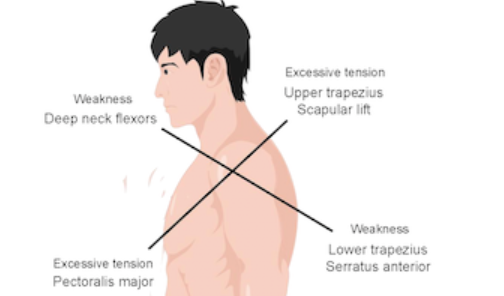Exploring the latest advancements in physical therapy techniques for treating cervical spondylosis patients: A narrative review
DOI:
https://doi.org/10.17305/bb.2023.9049Keywords:
Cervical spondylosis, excercise therapy, rehabilitation, musculoskeletal manipulations, sports medicineAbstract
Cervical spondylosis is a widespread medical condition that significantly impacts patients' quality of life. Treatment options include surgical and conservative approaches, with conservative treatment often being the preferred choice. Rehabilitation therapy is an essential component of conservative treatment, and advancements in technology have the way to the development of new physiotherapy techniques. The effectiveness of treatment largely hinges on the patient's ability to improve their dysfunction. This study aims to provide valuable insights into the use of new physical therapy techniques, such as Sling Exercises Training (SET), fascia manipulation, muscle energy technique (MET), and proprioceptive neuromuscular facilitation (PNF), that aid the rehabilitation of cervical spondylosis. By scrutinizing the current research status of these techniques, this study aims to present innovative ideas enhancing the rehabilitation process and outcomes for patients suffering from cervical spondylosis.
Citations
Downloads

Downloads
Additional Files
Published
License
Copyright (c) 2023 Quanzheng Chen, Zhenshan Wang, Shuna Zhang

This work is licensed under a Creative Commons Attribution 4.0 International License.
How to Cite
Accepted 2023-05-08
Published 2023-09-04









